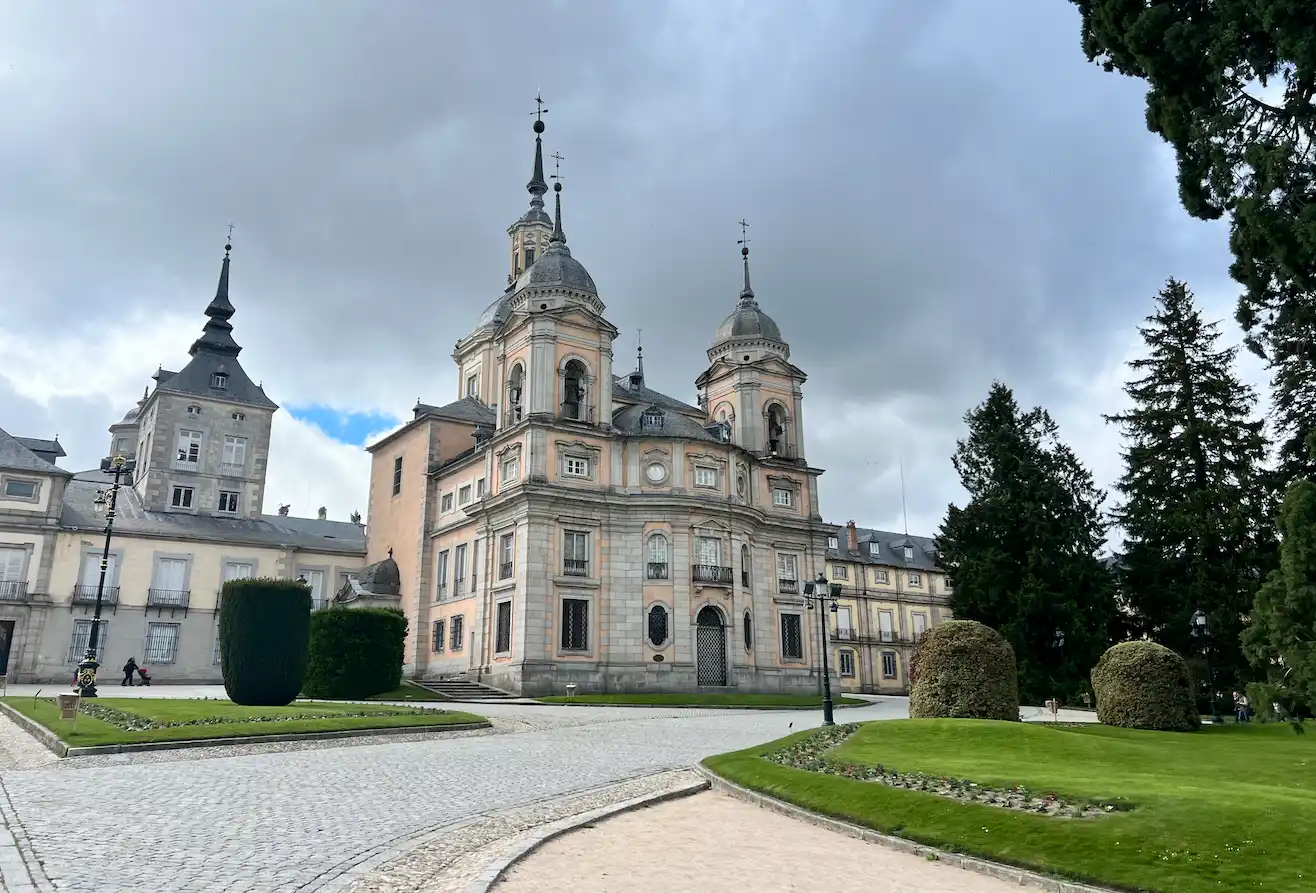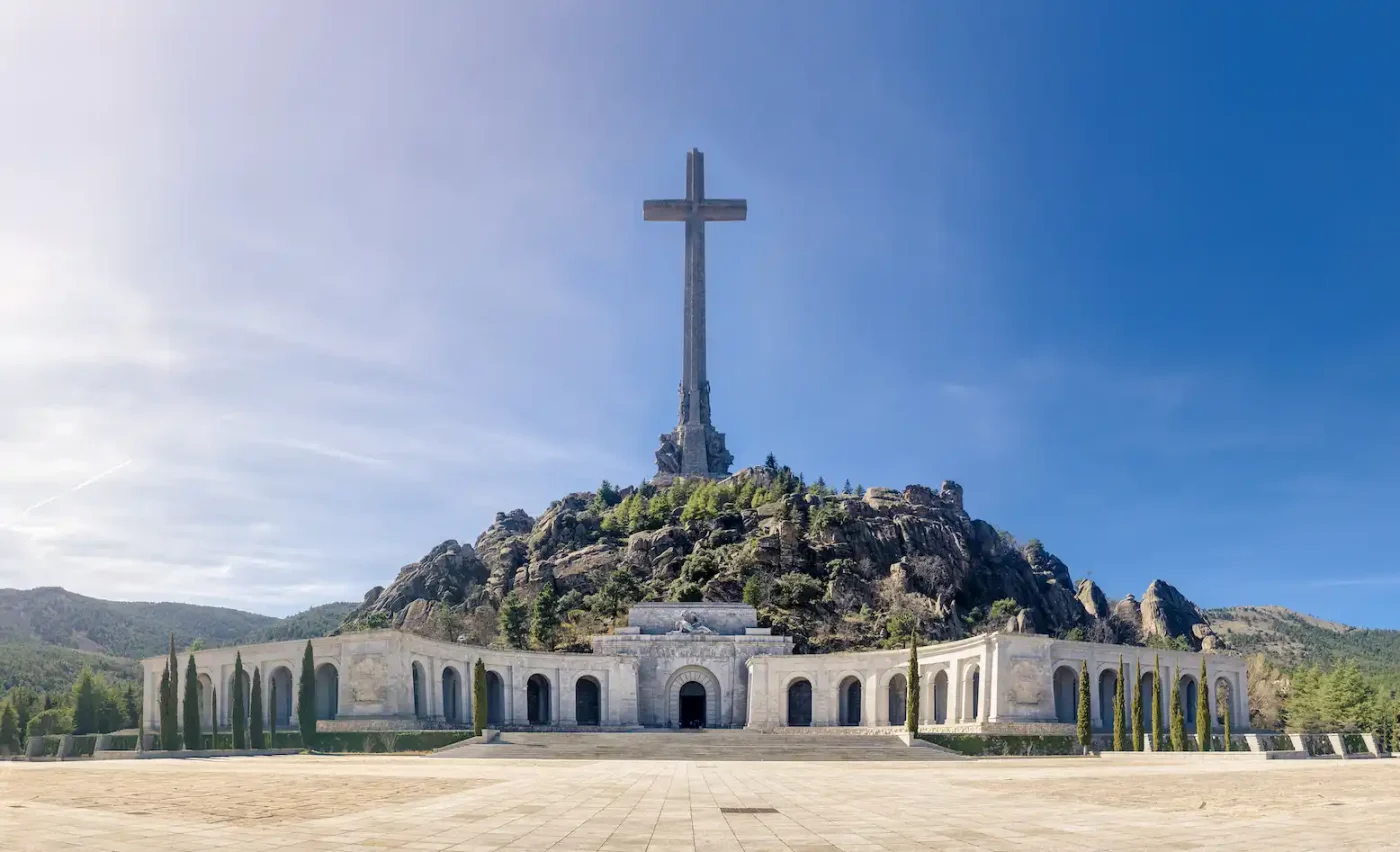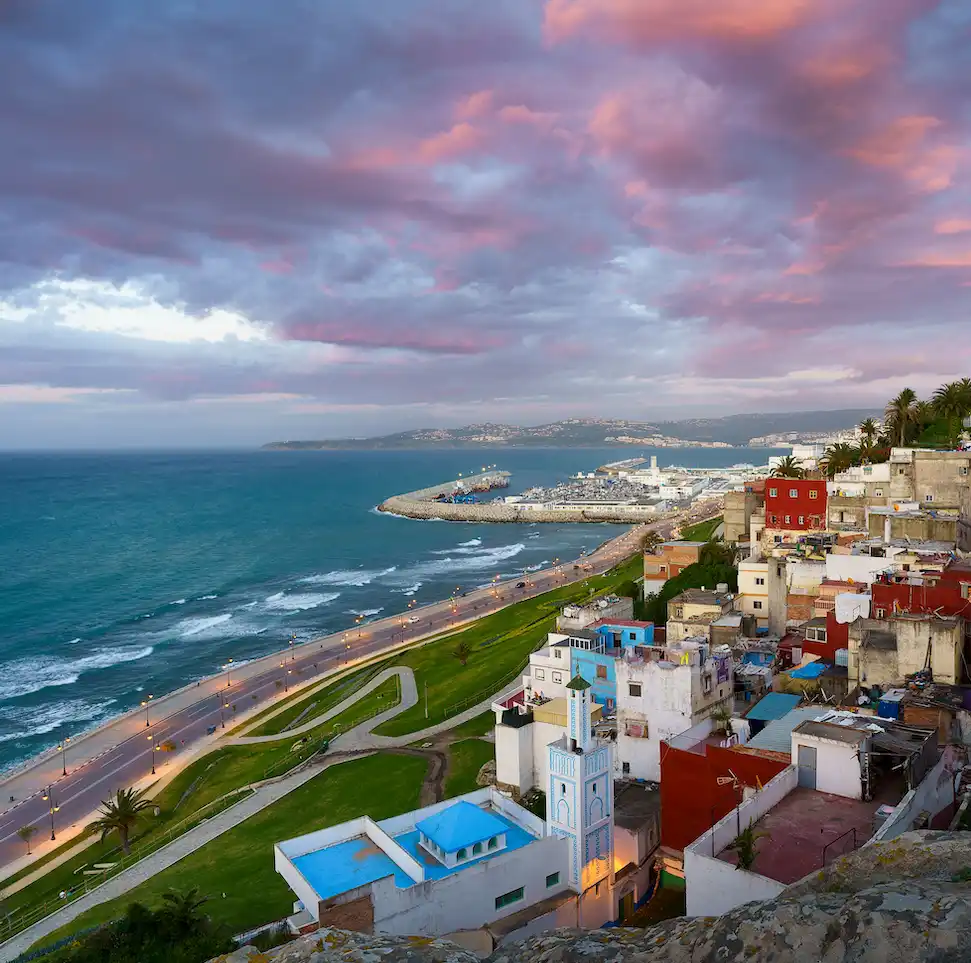Think April 1st is all about pranks and fake headlines? Not in Spain! While the rest of the world hides whoopee cushions and plans elaborate hoaxes, Spaniards mark this date with events that shaped empires, sparked revolutions, and even changed the course of religion. For students bunking in our apartments, here’s your cheat sheet to why April 1 is a day of drama, not jokes, in Spain—plus tips on where to see these stories come alive.
Table of Contents
1. 1479: The Birth of Diego Colón (No, Not That Columbus)

You know Cristóbal Colón (Christopher Columbus), but did you know his son Diego was born on April 1? At just 13, Diego became a royal pageboy as his dad sailed off to “discover” the Americas.
Later, he fought to reclaim his family’s lost titles and even governed Spain’s Caribbean colonies.
Travel tip: Visit Diego’s still-standing house in Santo Domingo—yes, the Caribbean’s oldest European residence!
2. 1572: The Dutch Rebellion’s Sneaky Start
On April 1, 1572, Dutch rebels captured the town of Brielle from Spain—a cheeky April Fools’-style ambush that kicked off the 80-Year War for independence. Spain’s Habsburg rulers never saw it coming. Fun fact: The Dutch still celebrate this as “April Fools’ Day” (verloren maandag). Ironic, right?
3. 1721: A Palace Fit for a Summer King

Skip the crowds at Madrid’s Royal Palace and head to La Granja de San Ildefonso near Segovia. Construction began here on April 1, 1721, and its gardens (think Versailles but cozier) became the summer escape for King Felipe V. Student hack: Pack a picnic and pretend you’re royalty for a day—entry is free for EU students!
4. 1767: Spain’s “Bye, Felicia” to the Jesuits
Even Catholic Spain had limits. On April 1, King Carlos III booted the Jesuits, fearing their loyalty to the Pope over the crown. Talk about divine drama! Deep cut: Spot Jesuit-built landmarks in cities like Salamanca—their legacy lives on in Spain’s stunning baroque architecture.
5. 1901: When Málaga’s Peasants Fought Back
April 1 also saw fiery anti-Church protests in Málaga. Landless braceros (day laborers) rallied against inequality, blaming the Church for siding with wealthy elites. Connect the dots: Sound familiar? Spain’s history of social struggle echoes in today’s protests—check out street art in Andalusian towns for modern takes.
6. 1939: The Civil War’s Grim Finale

Franco declared victory in the Spanish Civil War on April 1, 1939, ending three years of brutal conflict. Over 200,000 lives were lost, reshaping Spain for decades. Visit with care: The Valley of the Fallen, built by Franco’s regime using forced labor, is a controversial but educational site near Madrid.
7. 1956: Spain’s Moroccan Farewell

As Europe’s empires crumbled post-WWII, Spain let go of its Moroccan territories on April 1, 1956.
Travel bonus: Today, hop on a ferry from Andalucía to Tangier—a vibrant mix of Spanish and Moroccan culture.
Wrap-Up:
So, forget pranks—April 1 in Spain is a rollercoaster of royal schemes, rebellions, and reforms. Whether you’re exploring La Granja’s gardens or debating history over tapas in your apartment, Spain’s past is way wilder than any April Fools’ gag. Ready to dive deeper? Grab your keys, hit the streets, and let history be your guide. ????????
P.S. If you do want to prank your roommate, maybe wait until December 28—Spain’s actual “Fools’ Day” (Día de los Santos Inocentes).


